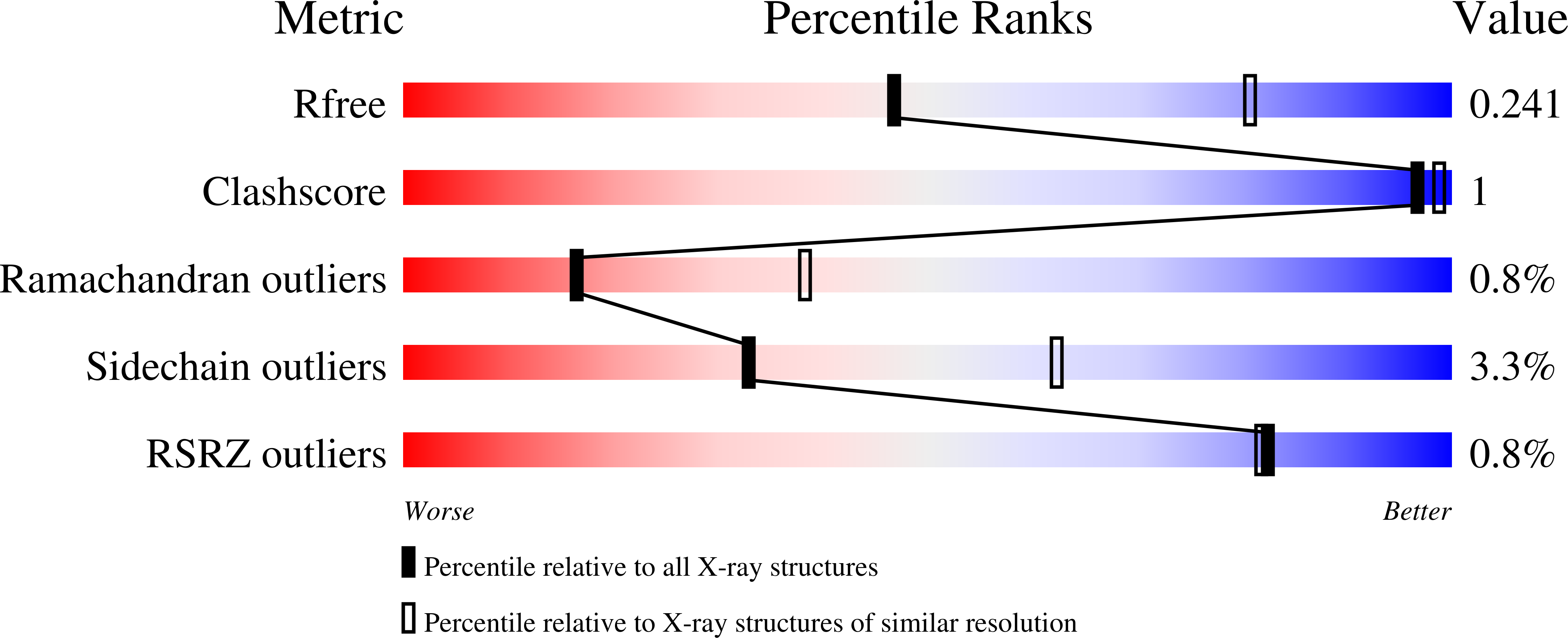
Deposition Date
2024-06-04
Release Date
2024-11-06
Last Version Date
2024-11-27
Method Details:
Experimental Method:
Resolution:
2.69 Å
R-Value Free:
0.23
R-Value Work:
0.19
R-Value Observed:
0.19
Space Group:
P 1


